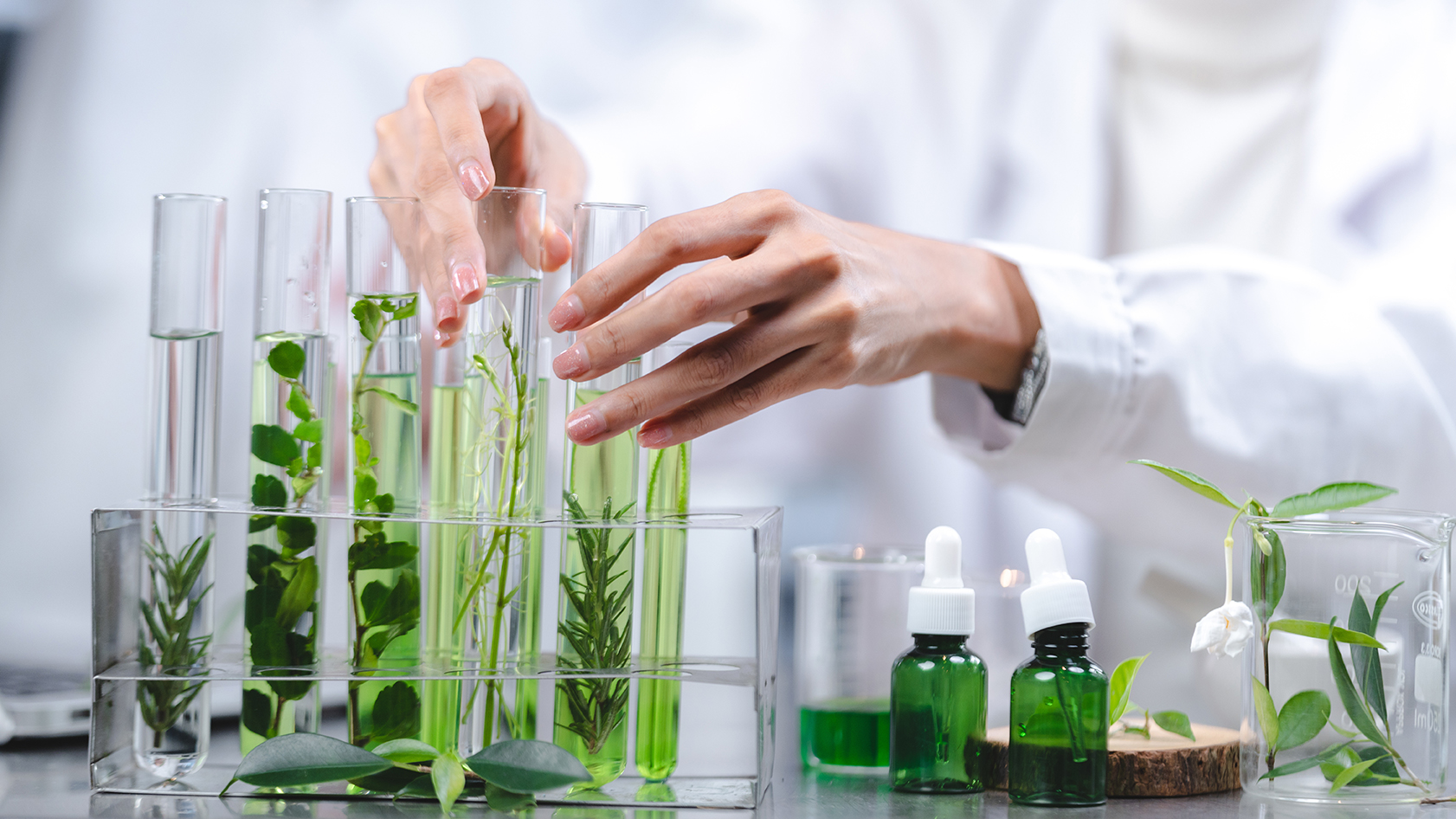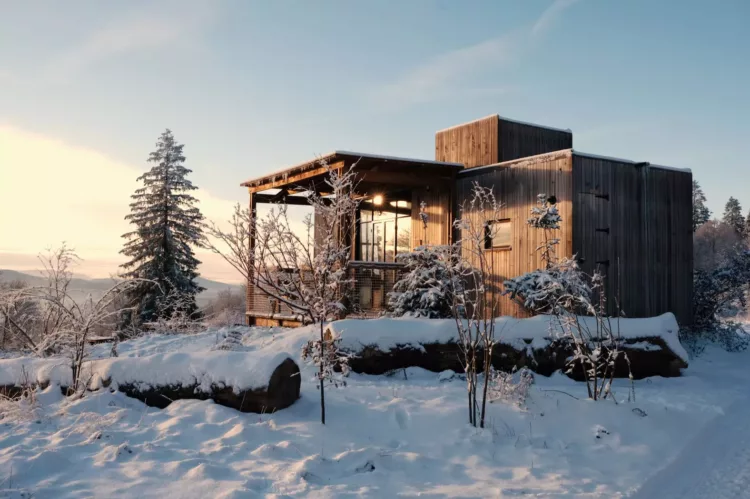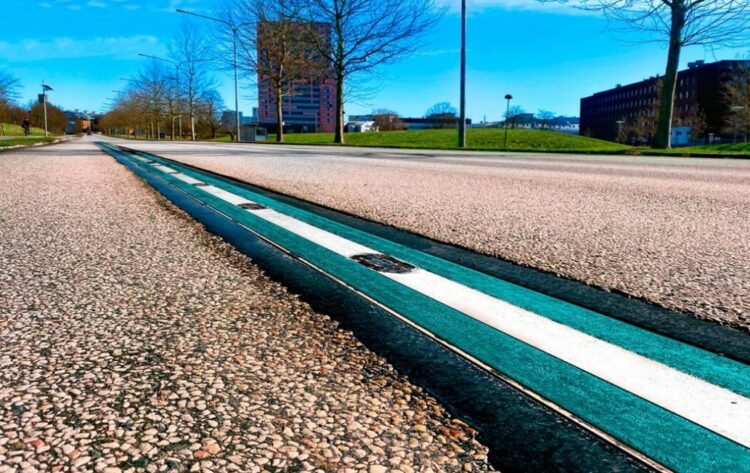
Bioeconomy: Biomass valorisation in Pomacle-Bazancourt by Global Bioenergies
Launched in March 2022 in Pomacle-Bazancourt, a platform north of Reims specialised in the valorisation of biomass and the bioeconomy in Eastern France, Global Bioenergies‘ first industrial unit has reached full capacity.
One tonne of bio-isobutene produced per week
This is confirmed by the French bioeconomy company, on the occasion of the official inauguration of this site. Indeed, the plant currently produces almost one tonne of bio-isobutene per week from biomass.
Little known to the general public, this molecule is sold under the brand name Isonaturane®12. It is an essential component of petrochemicals used in fuels, materials such as synthetic rubbers, or cosmetics.
Historically, this molecule came only from oil. The development by Global Bioenergies of a bacterial strain capable of converting sugars into isobutene is a true green revolution.
Applications for the cosmetics sector but also fuels and materials
Major players such as L’Oréal have already taken advantage of this new component in order to improve their environmental footprint. But the Directorate is looking at many other innovative perspectives. In the long term, Global Bioenergies aims to reduce CO2 emissions from air transport by developing sustainable fuels.
Daphné Galvez, Sales Director of Global Bioenergies, explains: “We will produce Isonaturane® 12 in campaigns. The first batch, which will be delivered in a few months, has already been sold in its entirety. Our trade discussions now focus on the following lots. »
To learn more about the bioeconomy sector and the valorisation of biomass in the Eastern France: visit our dedicated page!
Are you looking for a location to develop an activity related to the bioeconomy? Discover the available sites on our real estate database!
News that might interest you

American group O-I Glass invests €95 million in decarbonisation of its sites in Eastern France
Posted on 12 March 2024

Nutchel chooses Ervy-le-Châtel for its second forest village in Eastern France
Posted on 11 January 2024

ELONROAD invents the charging of tomorrow’s electric vehicles in Eastern France
Posted on 6 October 2023

